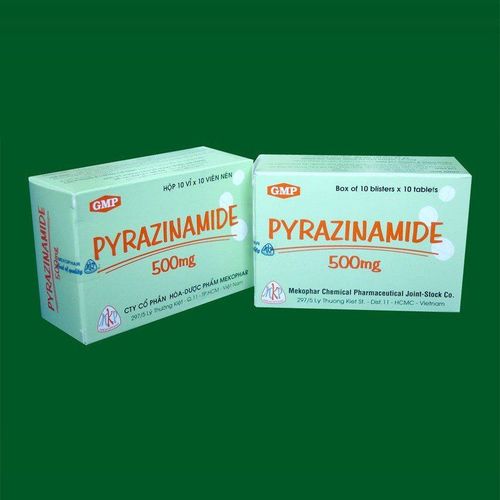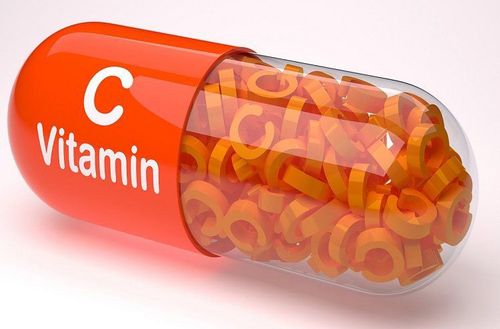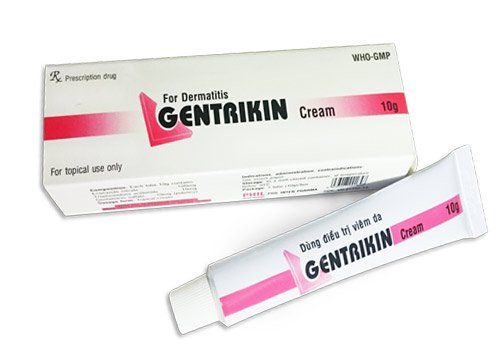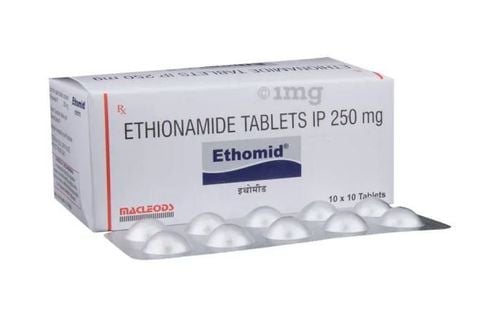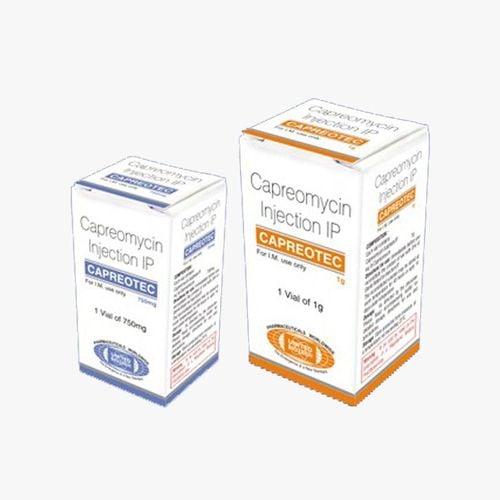This is an automatically translated article.
The article was professionally consulted by Dr. Phan Dinh Thuy Tien - General Internal Medicine - Department of Medical Examination & Internal Medicine - Vinmec Nha Trang International General Hospital.Drug-resistant TB is a public health crisis and a global health security risk with serious consequences for those affected. Treatment of multi-drug-resistant tuberculosis (MDR-TB) requires a combination of multiple drug classes and a treatment duration of nine months or more. Vietnam is in the group of 30 countries with the highest burden of MDR-TB in the world, ranking 16th out of the 30 countries with the highest number of patients mentioned above. ( WHO - Global tuberculosis report 2018)
1. Drug-resistant TB
Drug-resistant TB is a disease that occurs when bacteria become resistant to the same drugs used to treat TB. This means that the drug is no longer able to kill the TB bacteria. Drug-resistant TB spreads like TB infections in general. Likewise, it will spread from person to person through the air. Because TB bacteria will be released into the air from people who have TB by talking, singing, or sneezing. Nearby contacts can breathe in these bacteria and become infected.2. Treatment of drug-resistant TB
The goals of treatment for drug-resistant TB are:Rapid reduction of bacilli to reduce morbidity and mortality. Prevent the emergence of mutant and resistant strains. Prevent disease recurrence. Achieving the first requires strong bactericidal agents such as isoniazid, especially during the first week, and rifampicin is most helpful. To achieve the latter goal, many drugs have been shown (DST) or have the potential to be used to suppress mutant and resistant strains. To achieve the third goal, treatment is prescribed for a long time with strict adherence to treatment that eliminates bacteria that can cause disease recurrence. The duration of rifampicin treatment plays an important role in achieving this third goal.

Điều trị lao kháng thuốc cần phải thực hiện nghiêm ngặt theo phác đồ
Antibiotics called fluoroquinolones. An injectable antibiotic such as amikacin (Amikin), capreomycin (Capastat), and kanamycin. Newer antibiotic treatments include: bedaquiline (Sirturo), ethionamide (Trecator), and para-aminosalicylic acid. They are added along with certain other medicines. New drugs such as Pretomanid are used in combination with bedaquiline and linezolid. Scientists are still studying these drugs. An extremely rare disease and its consequences are extremely serious is multidrug resistant tuberculosis. This means that the disease will be resistant to many common drugs including isoniazid, rifampicin, fluoroquinolones and at least one of the injectable antibiotics.
3. Side effects when treating drug-resistant tuberculosis
If you have the following symptoms, you need to be consulted and promptly treated by a specialist:Fever for 3 days or more. Lower abdominal pain. Itching or rash Nausea, vomiting, or loss of appetite. Skin or eyes are yellow. Dark or brown urine. Sharp pain, burning or numbness in hands or feet. Tired. Easy bruising or bleeding. Dizzy. It is extremely important during treatment that the daily dose of antibiotics. Do not stop even if you feel better. Because, without killing all the bacteria in the body, they will have a chance to enjoy living in the body and become resistant to treatment. To help patients with drug-resistant TB keep this in mind, specialists need to closely monitor drug-resistant TB treatment regimens to achieve greater treatment effectiveness.

Ngứa và phát ban là một trong các tác dụng phụ khi điều trị bệnh lao kháng thuốc
4. Duration of treatment for drug-resistant TB
After many years of research, investigation and testing of the results obtained, WHO has also recommended the use of a short regimen of multi-drug resistant tuberculosis (MDR TB) of 9-12 months, for more optimal effectiveness. 20-24 months compared with traditional TB treatment regimen.Characteristics of the 9-12 month treatment regimen:
The drug-resistant TB regimen is shorter than standard with seven drugs and the treatment duration is 9-12 months. Conditionally indicated in drug-resistant or rifampicin-resistant TB, regardless of patient age or HIV status. It is necessary to monitor the effectiveness, harm and disease recurrence. The patient care center needs to adhere to the treatment regimen and at the same time the social community join hands to help TB patients have conditions to comply with the treatment regimen for the best treatment results. Use the world standard protocol. Treatment costs for patients with drug-resistant TB are significantly reduced. However, this regimen will not treat patients with second-generation drug resistance, extrapulmonary disease, and pregnant women. The situation of drug-resistant TB, especially multi-drug-resistant tuberculosis, is increasing rapidly in our country as well as in other countries around the world. Therefore, in addition to diagnosing the disease to have a timely treatment plan, adherence to the treatment regimen is also extremely important. To do this requires close cooperation between the patient and the doctor, along with relatives and the social community to help the patient feel secure and strictly adhere to the treatment regimen to bring the best treatment effect. .
Doctor Thuy Tien has 18 years of experience in medical examination and treatment. Currently working as a General Internal Medicine Doctor, Department of Medical Examination and Internal Medicine, Vinmec Nha Trang International General Hospital.
Please dial HOTLINE for more information or register for an appointment HERE. Download MyVinmec app to make appointments faster and to manage your bookings easily.
Reference source: Cdc.gov; WHO.int;



